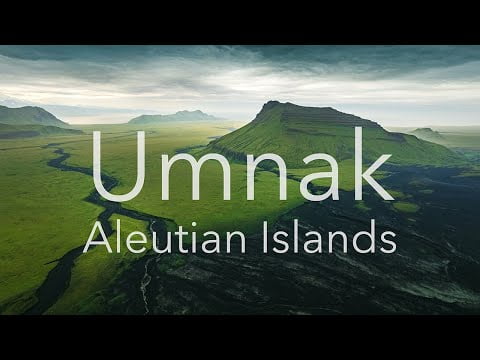Summary:
A 40 day long trip across the Umnak Island.
The Aleutian Islands are an archipelago of 110 volcanic islands in the North Pacific Ocean, part of the state of Alaska. Presently, there are approx 25 active volcanoes. The islands are located between Alaska and the Kamchatka Peninsula in Russia, making up the dividing line between the Bering Sea and the Pacific Ocean.
The main settlement of the archipelago of islands is Dutch Harbor, located on the island of Unalaska. It is here that most of the fish are caught, which is imported not only to the United States but throughout the world; the famous snow crab and fillet fish at McDonald’s are from here.
One of the topics most closely associated with the Aleutian Islands is bad weather. The average temperature in summer is 7 degrees Celsius, and in winter it is about zero degrees Celsius. But winds and rains make this climate truly harsh. The islands are also known as the birthplace of storms.
There are volcanoes on the island of Umnak, which are active to this day.
On the northeastern part of Umnak Island is the snow-capped caldera of Okmok volcano with six miles in diameter. The volcano is just over 1000 m high, although it is not as tall as its brethren, it occupies nearly half the island. The volcano is divided into two calderas, formed by eruptions many years ago. A crater lake once filled most of the caldera. The prehistoric lake reached a depth of 150 metres. It would still be there if it were not for the speed of erosion and the eruption in 2008 that changed the caldera. It created five large lakes and many smaller ones.
More info:
https://www.worldwildplaces.com/umnak
A film by Mariana Ianovska and Viktor Posnov
Timestamps:
0:00 Intro 4:27 Geography 5:35 History 13:37 Unalaska and Dutch Harbor 19:19 Weather 24:35 Bering Sea 26:27 Geysers 32:53 Volcanos 45:05 Rivers 49:41 Wildlife 57:26 Preparation 1:03:34 Nikolski 1:06:30 Final titles
1 hr 11 min
Content Source/Creator: Viktor Posnov


